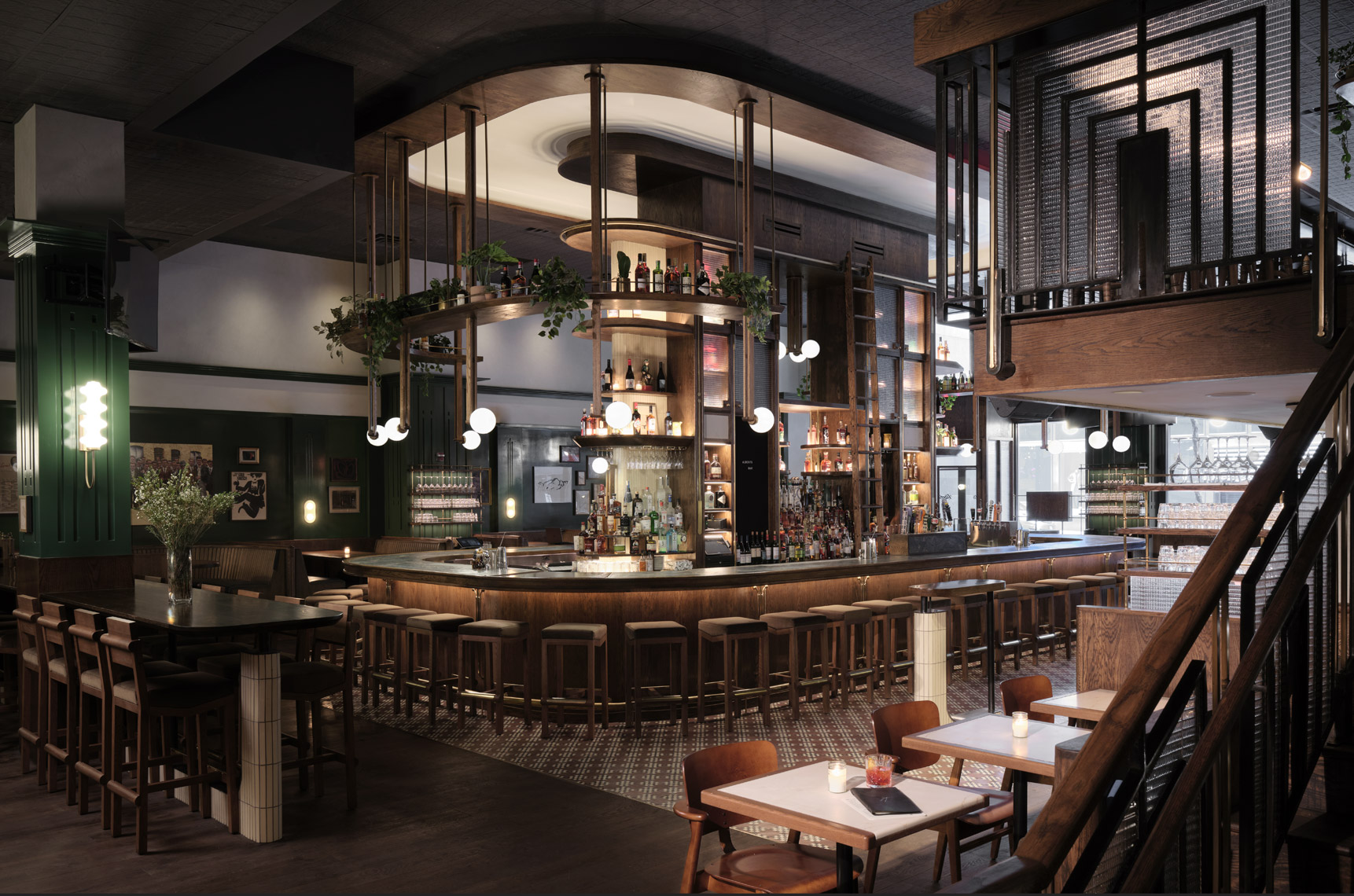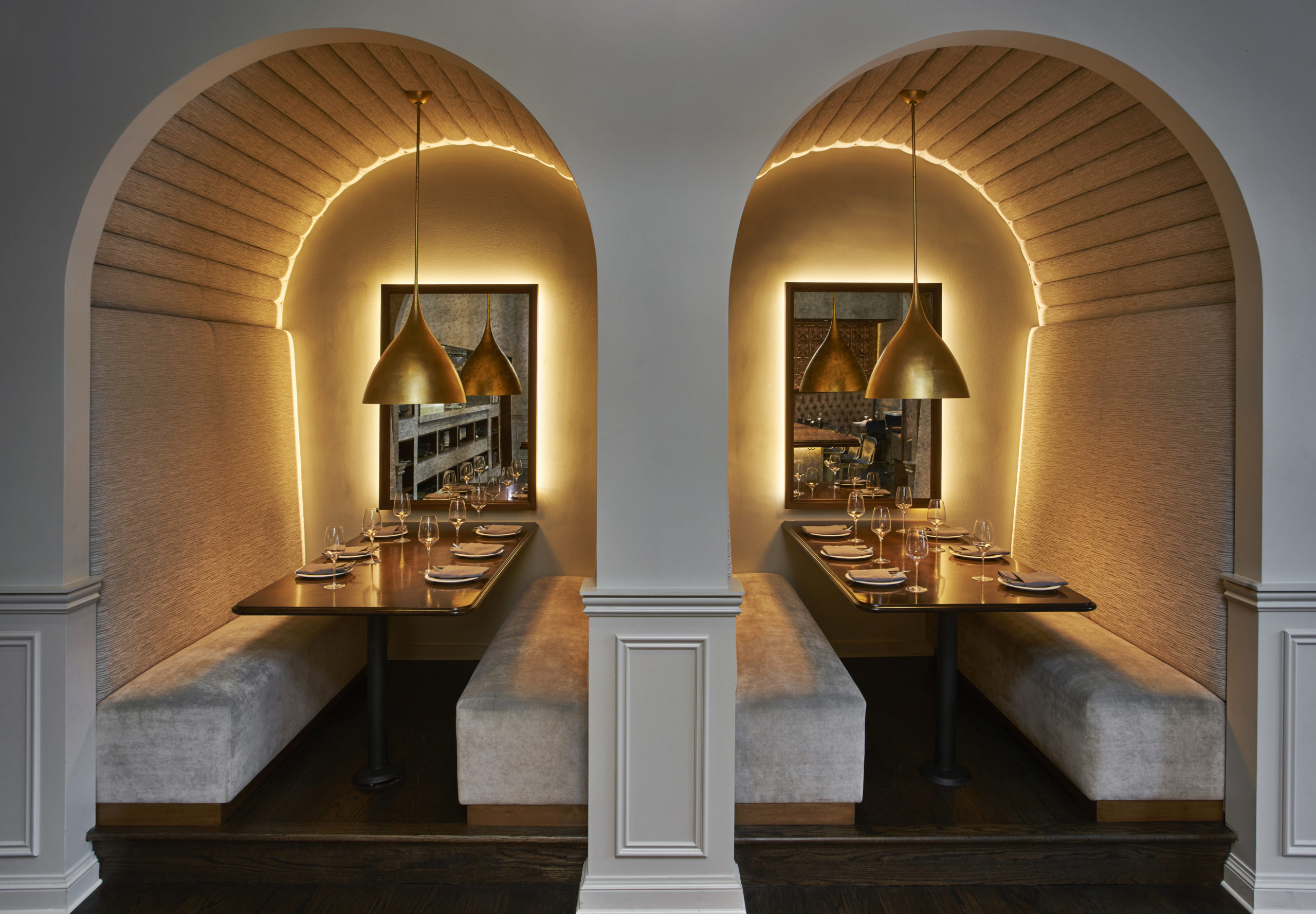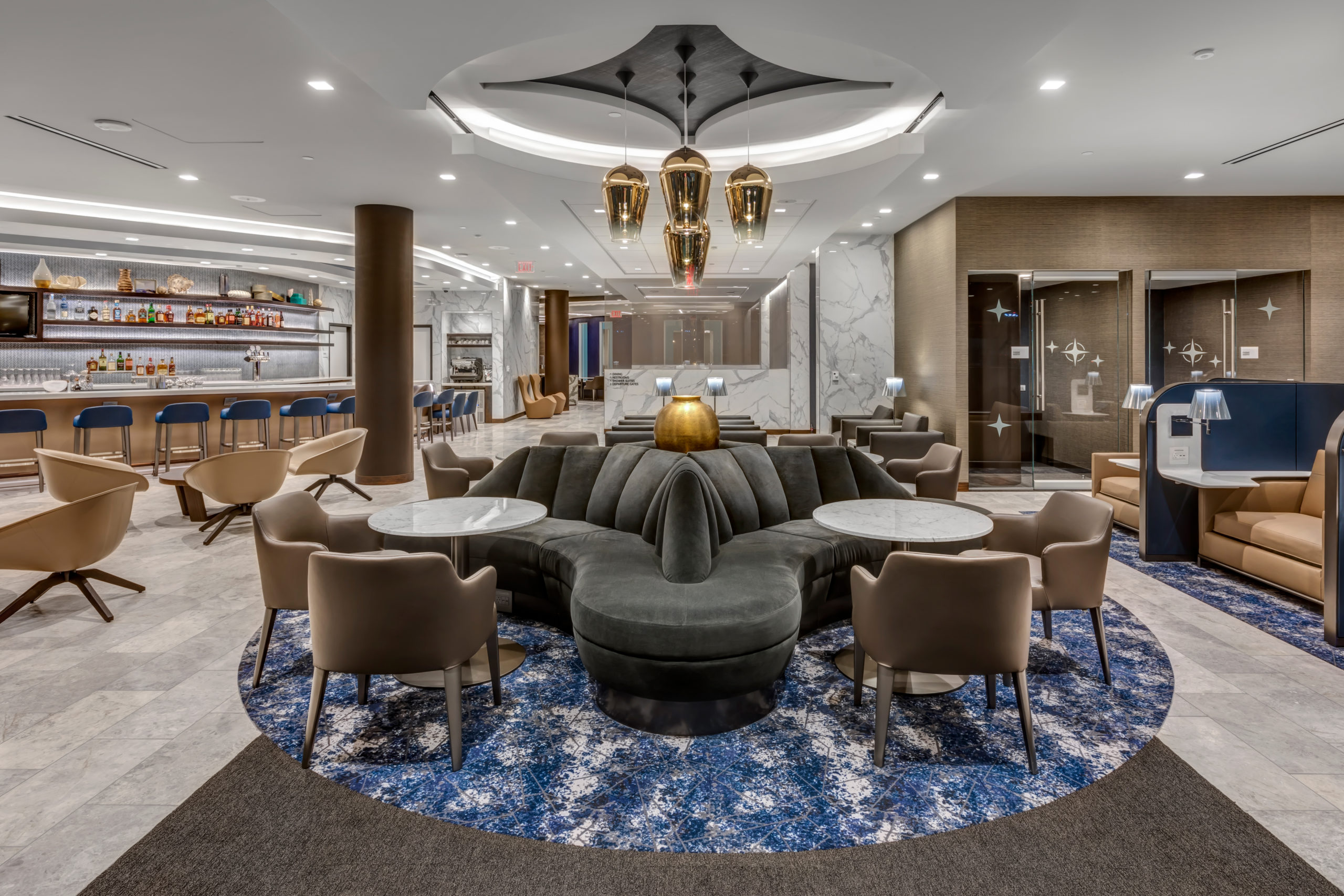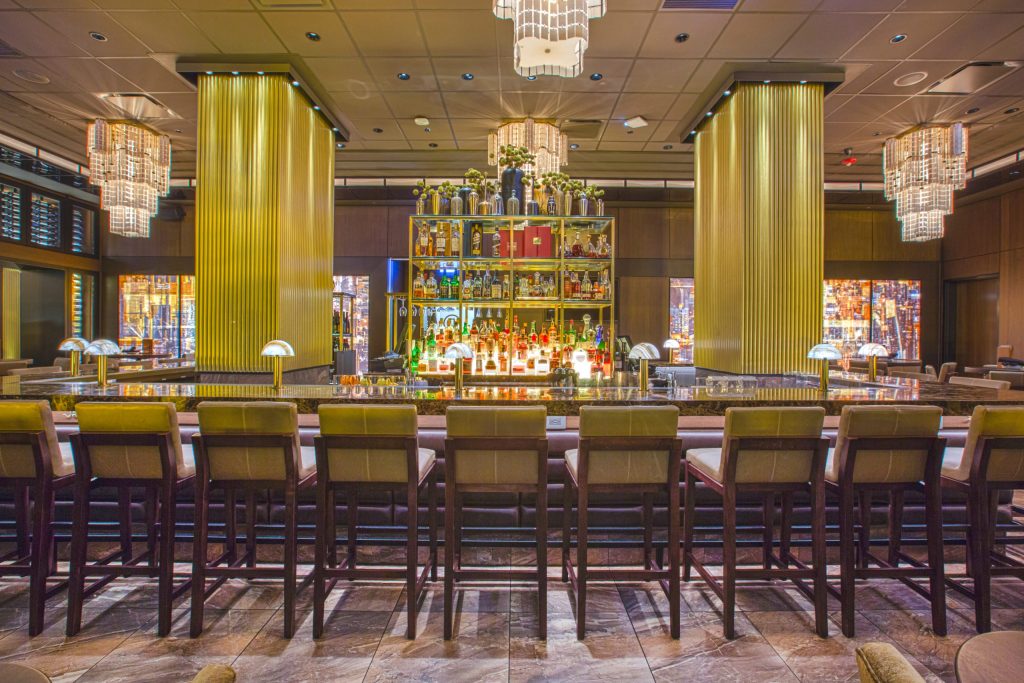 Albert's Bar
Albert's Bar
Lighting design is a vast industry, and its wide-ranging specialities create marked differences among professionals in the field. The worlds of corporate and theatrical lighting rarely touch, and a designer of office spaces would likely feel quite out of place up in the catwalks of a live music arena.
But where does that intersection exist? Enter stage right: hospitality lighting. If you’ve ever enjoyed a meal in a moody restaurant – or even lounged in an airport before your flight – then you’ve experienced the delicate balancing act that is hospitality design.
But where does that intersection exist? Enter stage right: hospitality lighting. If you’ve ever enjoyed a meal in a moody restaurant – or even lounged in an airport before your flight – then you’ve experienced the delicate balancing act that is hospitality design.
“If you’ve ever enjoyed a meal in a moody restaurant…then you’ve experienced the delicate balancing act that is hospitality design.”
Putting on a Show
Hospitality and theatrical lighting design are surprisingly similar in their end goals, as well as the strategies they take to arrive there. Both focus on directing the gaze of the viewer – whether by using a spotlight for an onstage soloist or pinspots on tables in a dim bar. Accenting the architecture of a restaurant requires the same set of skills as lighting a set for the stage. Except while theatrical design uses lighting to highlight the movements of actors onstage, hospitality design subtly guides guests as they move throughout the space.
 Ella Elli
Ella Elli
Part of That World
While the attitudes and general approach to design found in theatrical and corporate lighting differ greatly, hospitality lighting often bridges the gap between these two worlds. Restaurant clients especially tend to approach projects with an artistic and team-oriented viewpoint similar to that of a theatrical production, with a recognition of the necessity of each team member. Every person is essential each night – from stage managers, directors, and actors to chefs, servers, and dishwashers.
“Every person is essential each night – from stage managers, directors, and actors to chefs, servers, and dishwashers.”
The diners eating at a restaurant (in this case, the “audience”) may not know exactly why their meal feels so elevated, but the mood of the space will continually inform their experience. Just like in a play, all facets of the production must work together seamlessly for the show to be a success.
The Show Must Go On
Actors have understudies, but what happens when the unexpected strikes just before a restaurant opens? As in a theatrical setting, “the show must go on”! Problems that arise in a hospitality setting often have the effect of bringing the whole team together.
As lighting designers, we must be resourceful to solve unexpected issues. For example, how can we move track fixtures to aim the light strategically when a fixture stops working? How can we bounce light off of the wall art to illuminate the tables? Thinking outside the box in this way lets us solve problems on the fly, just as we might if we were backstage on the opening night of a big show.
As lighting designers, we must be resourceful to solve unexpected issues. For example, how can we move track fixtures to aim the light strategically when a fixture stops working? How can we bounce light off of the wall art to illuminate the tables? Thinking outside the box in this way lets us solve problems on the fly, just as we might if we were backstage on the opening night of a big show.
 United Airlines Polaris Club Lounge SFO
United Airlines Polaris Club Lounge SFO
Bonafide Crowd-Pleasers
Many of the projects in our wide-ranging repertoire demonstrate these theatrical techniques within a hospitality setting.
In the United Airlines Polaris Lounges, light is used as a method of wayfinding, guiding travelers along their journeys and maximizing their comfort as they take a moment to relax. In bars like Albert’s NYC, pinspots on each table tell a story to patrons as they enter the space, inviting them to sit and discover what the night will offer them. Finally, inside Ocean Prime Chicago, the glitz and glamor of old Hollywood glows from every corner.
All these projects emulate the drama and visual appeal of a theatrical production, drawing the eye and compelling guests to move through the space.
In the United Airlines Polaris Lounges, light is used as a method of wayfinding, guiding travelers along their journeys and maximizing their comfort as they take a moment to relax. In bars like Albert’s NYC, pinspots on each table tell a story to patrons as they enter the space, inviting them to sit and discover what the night will offer them. Finally, inside Ocean Prime Chicago, the glitz and glamor of old Hollywood glows from every corner.
All these projects emulate the drama and visual appeal of a theatrical production, drawing the eye and compelling guests to move through the space.
“We are always grateful for the opportunity to bridge the gap between business and beauty…”
The Curtain Falls
We love taking on projects in the hospitality sector, because they so often ask us to become storytellers. We welcome the chance to devise creative lighting solutions that invite guests into a space and cultivate unique and unforgettable experiences. Without lights and sound, a play is not ready for an audience, and our designs put the finishing touches on the “show” in any hospitality space – be it a fine dining experience, a comforting hotel lobby, or a bustling airport lounge. We are always grateful for the opportunity to bridge the gap between business and beauty, lighting the path for all who appreciate the drama of stepping out your front door and exploring the world.
 Ocean Prime Chicago
Ocean Prime Chicago
